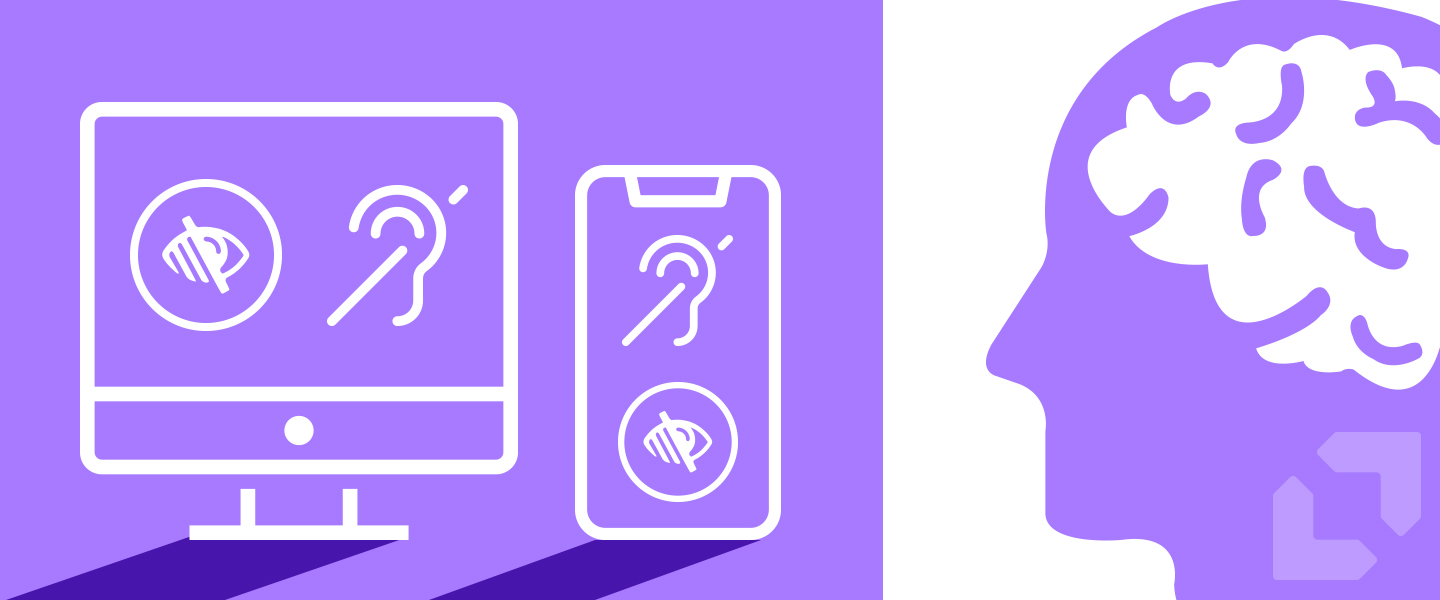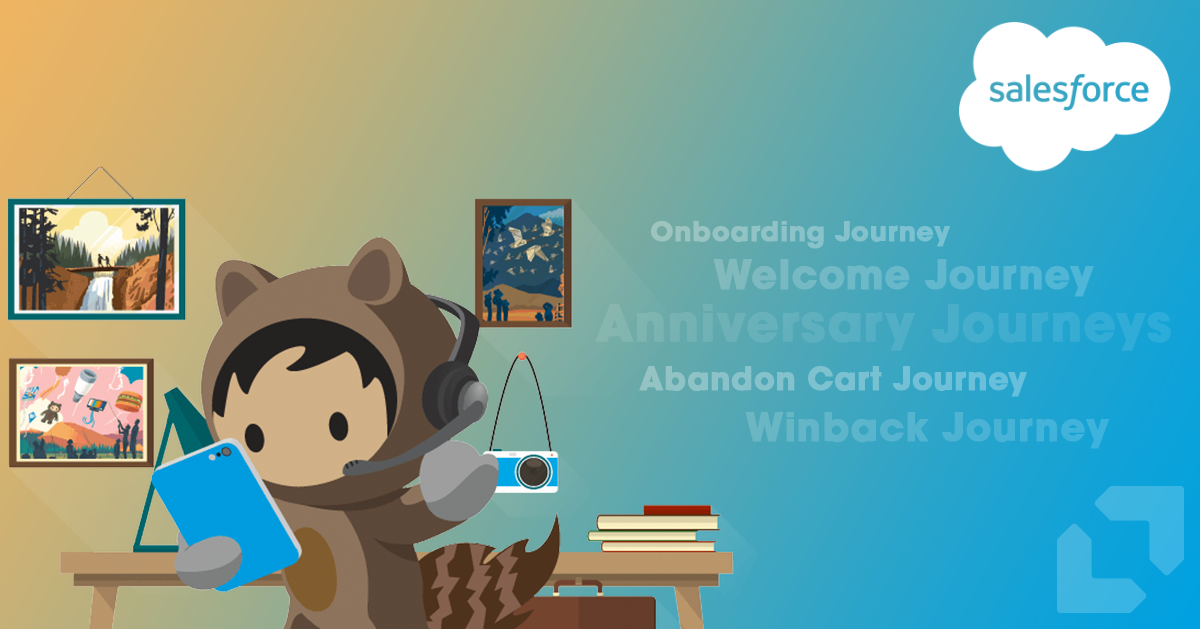The number of online users with accessibility needs is growing faster than ever before. If you’re not planning to engage them, you’re planning to lose them as customers.
A fundamental of good business and excellent customer experience is making sure that your business, in all its facets – sales, support, service, talent acquisition – is available to as much of your audience as possible. The total number of North Americans with accessibility needs is growing at an unprecedented rate. If your business is failing to plan how to ethically implement accessibility into everything you do, then (pardon the old cliché) you’re planning to fail. Roughly 6 million Canadians over the age of 15, more than 20% of the total population, report having a disability that impacts their daily activities. In the United States, 1 in 4 adults, totalling more than 61 million people, live with a disability that impacts their major life activities. If you run a business looking to attract North American adults as customers, then ignoring web accessibility means alienating a pool of 66 million people.
And that pool is growing faster than ever in human history.
North America is aging. By 2030, all baby boomers in the United States will be 65 or over. In Canada, 1000 people turn 65 years of age every single day. As the largest, wealthiest generation enters retirement age they’re living longer and have a familiarity of use with the internet, shopping online and using web services. We’re embarking on accommodating a vast demographic of seniors who want to use the web but who simultaneously will experience a variety of accessibility concerns as they advance in age. Together, these factors mean that, whether a disability is from birth or is gained with age, there will be more people with disabilities than ever before using the web.
Accessibility and ethical design is the path that will make it possible for them.
The convergence of accessibility, ethics and experience
The “perfect” customer experience doesn’t exist – but a valuable one does. This is mirrored in our approach to accessibility. “It’s not about being perfect, it’s about being better,” says Anton Morrison, VP of Experience & Design at Appnovation.
None of us have perfectly accessible websites out of the box, but that doesn’t excuse us from trying. We have to start somewhere and initiate conversations that lead us down the right path. People with disabilities are our users and (hopefully) our customers. It’s both ethically fundamental and smart business to make sure we’re taking them on the same customer-centric journey as everyone else. Ethical design thinking points to the obligation to build experiences that are better than the norm. Simply put, ethical design has the intent to do good. Forward-thinking organizations need to look at the world they’re a part of and their influence on the people in it, particularly those who are historically marginalized and under-served, and figure out how they can help.
The influence of ethical thinking needs to be layered onto all your ongoing practices. It’s not a one-time deal or consideration – it’s a continual part of the everyday process with the power to transform how we do the things we do. Accessibility is the right thing to do for our customers and so that’s the main reason why we should be doing it.
And that’s not only for your users with a disability. Improved accessibility, while it makes a huge impact for those that need it, also raises the quality of your website for all of your users. Many of the changes you make will naturally also improve functionality and understandability for customers without disabilities. A Microsoft and Forrester Research study found that 79% of surveyed companies agreed that inclusive software improved usability and customer experience for all.
Accessible businesses are proven to be more profitable
While we passionately believe that modern businesses should strive for accessibility simply because it’s the right thing for everyone, at the same time companies need to be successful to survive. The good news is that increased accessibility not only leads to improved engagement but also to higher revenue. In a 2018 Accenture report in the US, companies that actively championed the needs of people with disabilities had 28% higher revenue, 200% higher net income and 30% higher profit margins.
Accessibility is key to hiring new talent
Of the Canadians who identify as having a disability, fewer than 60% aged 25-64 years of age are employed. And of those that do have jobs, Canadians with milder disabilities earn 12% less than their counterparts. Those with severe disabilities earn 51% less and are more likely to live in poverty. From any ethical standpoint – business-based or otherwise – this is completely unacceptable. We have a shared duty to increase web accessibility not only to engage with our own customer base but to give people with disabilities greater access and accommodation to apply for jobs.
Complex job skills like problem-solving, adaptability, flexibility and decision-making are becoming increasingly sought after. People with disabilities are a notoriously under-tapped talent pool whose life-long experiences in traditionally inaccessible environments have been shown to make them inherently strong in these key skills.
Diversity of thought and experience is being embraced more than ever in the new world of work. There’s no better way to enhance your company’s accessibility strategy than by hiring people with disabilities who can add their invaluable, and irreplaceable, lived experience to help make sure you’re getting accessibility right, and for the right reasons.
Accessibility for everyone is everyone’s job
Accessibility doesn’t happen magically. Traditionally, accessibility in many organizations has been seen as a regulatory hurdle to get over, driven by compliance needs and executed by developers. Just like people, websites continuously evolve. Everyone in your organization is responsible for adding an ethical lens to their approach to accessibility and embedding it into everything that you do. If you look at your business and your front end developer is owning accessibility, then you’re doing it wrong.
At Appnovation, we’re aiming to be transparent and honest in our ongoing conversations on accessibility and ethical design. We're continuously improving our design and development practice. We know we’re not perfect, but we’re aiming to get closer to it. And our digital strategy and UX & design teams will use our experiences as a starting point to bring our clients along for the journey.
Thinking about website accessibility for your business? Contact us for a chat or connect with us on LinkedIn and tell us what you think about ethical design.


